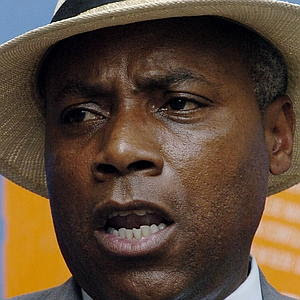An Insane Act
Response 1I think there is enough supplies just at the Kathmandu airport that if it were to be lifted and airdropped immediately, there might be enough food in the affected areas for four weeks, there might be enough tents. But the Nepal government wants four weeks just to do its paperwork! Just get out of the way! Is all it takes.
Here is what Nepal Government is saying - individuals and spontaneously organizing civic movements shouldn't help their neighbors in need unless Nepal Government approves of it. Waste resources to pay customs and other duties and wait for a month - and GoN verification - before you can put that money to better use.
http://mof.gov.np/uploads/news/file/press%20release_20150501060225.pdf
Why is Nepal Government so fucking stupid???
Response 2
The Government and the bureaucracy, that was so efficient that it gave us 6 hrs electricity, no water in taps, no food before the earthquake now thinks that it can coordinate rapid relief through the CDO office, the same office that takes a month to give a passport. I think if we just give 10% of everything thats coming to the respective political parties they will let us do everything. I hope this Government realizes where all the energy, effort and anger will be directed, if due to their actions, all the citizens that are mobilizing for relief are stopped. Its never going to be normal.






